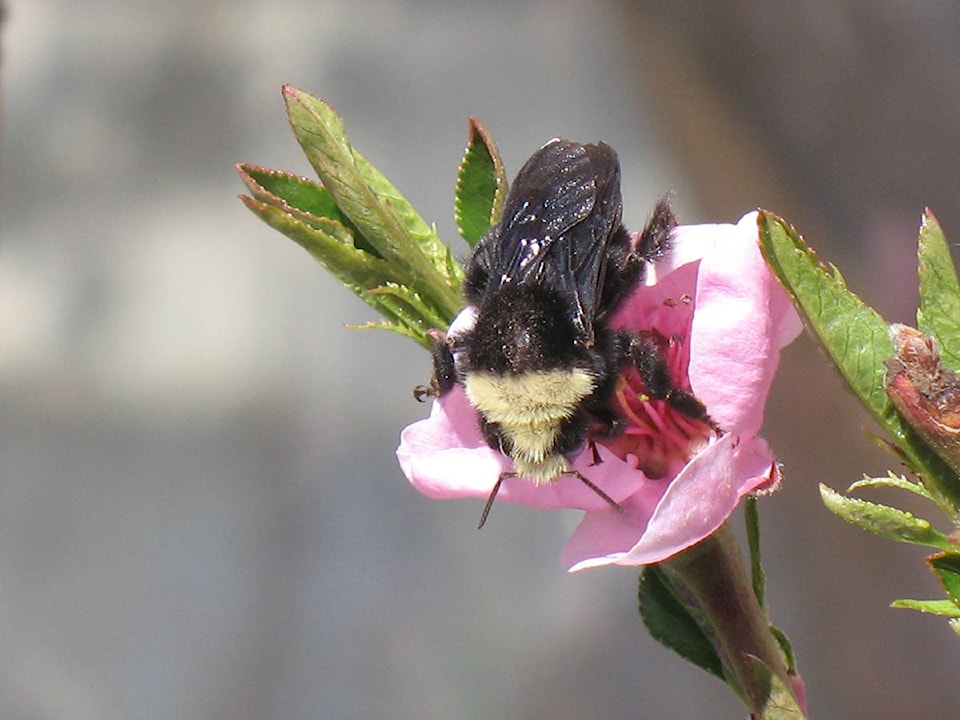By Mary Lowther
Until I read Gojmerac’s book on bees, I hadn’t realized the value of allowing cover crops to flower before digging them under. Cover crops are sown to add nutrients to the soil and prevent the leaching and erosion of what’s already there. They also clean the soil of possible pathogens that may harm food crops. I use crimson clover and buckwheat during the summer and winter rye and fava beans in the fall.
To get the most nourishment from these crops, they should be dug under or composted when they’re still green and succulent. Once they start setting seed they become tough and woody as nutrients move from roots to leaves to seed. Worried that my cover crop would go to seed before I got around to pulling it off, I’ve usually dug it under before it even flowered.
Gojmerac pointed out that before the advent of commercial fertilizers, farmers fertilized their land by growing cover crops like sweet clover. “In fact,” he says, “Clovers contribute more to honey production in North America than any other group of plants.” That was in 1978. With rising costs of commercial fertilizers, perhaps clover will once again attain its useful status on commercial farms. Organic farmers already do this.
But I’ve noticed that bees indiscriminately inhabit whatever’s flowering at the time, so if I let all my cover crops flower, they should help feed the bees. I’ll just have to be vigilant and dig them in once the bees have had at them and before they go to seed. Given the predicted collapse of bee populations on the Island, our garden oases may just help prevent this. I love two-fors: cover crops can feed the soil and bees at the same time. It’s Gestalt.
Always on the lookout to save seeds, I’m planning on sowing a few in a separate bed and letting them set seed. Maybe in the flower bed. Why not?
Here’s another recipe from mom’s wartime recipe book, using any kind of tinned fish:
Fish and Potato Mustard
Choose a tin of fish in any kind of sauce or liquid, but preferably not tomato. Dice and cook enough potatoes to have a generous helping for each person. Mix all the sauce or liquid contained in the tin with enough mustard to give it a strong flavour. When the potatoes are cooked, drain them. Pour the mustard sauce over them and toss to blend well. Serve the potatoes hot with the fish arranged on them.
Please contact mary_lowther@yahoo.ca with questions and suggestions since I need all the help I can get.
